The Powers Of Matthew Star: The Quadrian Caper
 The 17th episode of the science fiction series The Powers Of Matthew Star airs on NBC, starring Peter Barton and Louis Gossett Jr. Dennis Lipscomb (WarGames, Cop Rock) guest stars.
The 17th episode of the science fiction series The Powers Of Matthew Star airs on NBC, starring Peter Barton and Louis Gossett Jr. Dennis Lipscomb (WarGames, Cop Rock) guest stars.
More about The Powers Of Matthew Star in theLogBook.com Store

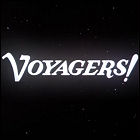 NBC airs the 15th episode of James D. Parriott’s time travel series Voyagers!, starring Jon-Erik Hexum and Meeno Peluce. Will Kuluva guest stars as Louis Pasteur, and Fionnula Flanagan guest stars as Molly Brown.
NBC airs the 15th episode of James D. Parriott’s time travel series Voyagers!, starring Jon-Erik Hexum and Meeno Peluce. Will Kuluva guest stars as Louis Pasteur, and Fionnula Flanagan guest stars as Molly Brown. The
The 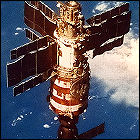 The Soviet Union launches an unmanned module, Kosmos 1443, on a trajectory that will bring it to the Salyut 7 space station for an automated docking. Once connected to Salyut 7, Kosmos 1443 provides extra habitable space for experiments and storage. A hardware holdover from the abandoned Almaz military space station program of the early 1970s, Kosmos remains docked to Salyut 7 through August 1983, at which time it is undocked and jettisoned, falling out of orbit and burning up in Earth’s atmosphere in September.
The Soviet Union launches an unmanned module, Kosmos 1443, on a trajectory that will bring it to the Salyut 7 space station for an automated docking. Once connected to Salyut 7, Kosmos 1443 provides extra habitable space for experiments and storage. A hardware holdover from the abandoned Almaz military space station program of the early 1970s, Kosmos remains docked to Salyut 7 through August 1983, at which time it is undocked and jettisoned, falling out of orbit and burning up in Earth’s atmosphere in September.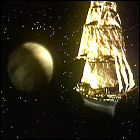 The
The  For the first time, Compact Disc players and pre-recorded CDs appear in the English-speaking world (having been available in Japan since late 1982. The first label to embrace the new digital format is CBS Records, which publishes 16 existing titles on CD ranging from classical to rock. The technology has been developed jointly by Philips and Sony since the 1970s.
For the first time, Compact Disc players and pre-recorded CDs appear in the English-speaking world (having been available in Japan since late 1982. The first label to embrace the new digital format is CBS Records, which publishes 16 existing titles on CD ranging from classical to rock. The technology has been developed jointly by Philips and Sony since the 1970s.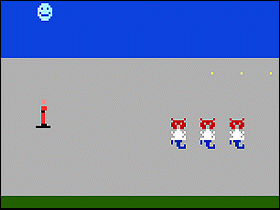 Upstart video game manufacturer Mythicon releases
Upstart video game manufacturer Mythicon releases 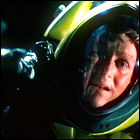 The
The 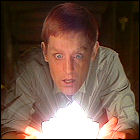 The
The 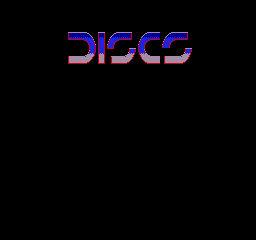 Midway releases the arcade game
Midway releases the arcade game 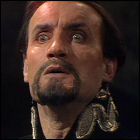 The
The 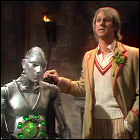 The
The 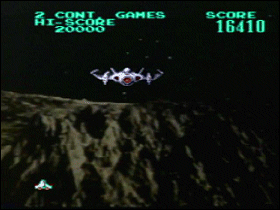 Segaa releases the arcade game
Segaa releases the arcade game  Electric Light Orchestra bassist and vocalist Kelly Groucutt goes solo, releasing
Electric Light Orchestra bassist and vocalist Kelly Groucutt goes solo, releasing  NBC premieres the two-hour TV movie
NBC premieres the two-hour TV movie 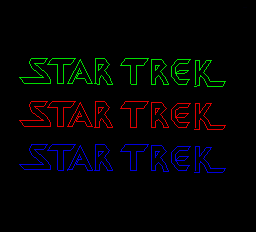 Segaa releases the arcade game
Segaa releases the arcade game  Activision releases the
Activision releases the 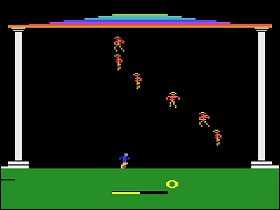 Imagic releases the
Imagic releases the  Space Shuttle Challenger lifts off into orbit for the first time, after extensive technical and mechanical issues keep the shuttle on the pad well past its original January launch date. The payload for this flight is NASA’s own TDRS (Tracking & Data Relay Satellite), designed to keep the shuttle in constant contact with ground controllers even if its orbit takes it out of direct communications. The five-day flight also sees the first spacewalk of the shuttle program. Challenger’s crew consists of Commander Paul Weitz, Pilot Karol Bobko, and mission specialists Donald Peterson and Story Musgrave.
Space Shuttle Challenger lifts off into orbit for the first time, after extensive technical and mechanical issues keep the shuttle on the pad well past its original January launch date. The payload for this flight is NASA’s own TDRS (Tracking & Data Relay Satellite), designed to keep the shuttle in constant contact with ground controllers even if its orbit takes it out of direct communications. The five-day flight also sees the first spacewalk of the shuttle program. Challenger’s crew consists of Commander Paul Weitz, Pilot Karol Bobko, and mission specialists Donald Peterson and Story Musgrave. I.R.S. Records releases
I.R.S. Records releases  CBS Records releases the
CBS Records releases the